The American Society of Plumbing Engineers new book, “Illustrated Plumbing Code Design Handbook,” will be available May 1. The handbook is based on the ICC International Plumbing Code and the IAPMO Uniform Plumbing Code.
Every plumbing engineer needs to have a copy of this book.
OK, I will admit that I am the primary author of this handbook, but that is not why I am encouraging you to buy this book. This resource book will help you understand the various design options presented in the IPC and the UPC. Furthermore, the handbook addresses all areas of design and features more than 500 AutoCAD drawings.
As an added bonus, in the back of the book is a CD-ROM that contains all the AutoCAD drawings. There is a release in the book for you to use the drawings to your heart’s content. The AutoCAD drawings alone make the book worth the price. (Through April 30, the non-member pre-sale price is $103.50, which is a 10% discount.)
The book is 501 pages in length with a complete index. There are 485 pages with design illustrations. The table of contents directs you to the particular design. There also is a table of contents for the drawings.
When you develop an illustrated book, it is always questionable how you lay it out. With this book, the design content appears in alphabetical order. The book goes from Accessible Fixtures to Wet Venting. For each category, the first part has the IPC design options and the second part contains the UPC information. Again, it’s alphabetical order — IPC comes before UPC.
ANSI/ICC A117.1 is the basis for the Accessible Fixtures portion of the book. All the accessible fixture drawings include the dimensions. Any dimensioned drawing in the book is to scale in the AutoCAD drawing. You will never have to draw another detail of an accessible fixture. The drawings are available right there on that CD-ROM.
The layout of each page is unique. At the top of the page is the code section for either the IPC or UPC — if there is an applicable code section. On some pages, there are designs that apply to the code sections from the previous page(s). The design drawing comes after the code section. Commentary and interpretation come after the drawing. These are the official interpretations of ASPE.
Cooperation
IAPMO and ICC gave their full cooperation to the book. Both organizations granted permission to ASPE to reprint sections of their respective plumbing codes. However, the book does not replace the plumbing codes. Only certain sections are reproduced for understanding of the specific design. You still need the complete plumbing codes, which I naturally assume all of you have. Otherwise, how could we be plumbing design engineers?
I would like to point out ICC and IAPMO provide commentaries and interpretation manuals on their respective plumbing codes. These are excellent documents. However, it’s ASPE’s obligation to provide plumbing engineering design guidelines. These guidelines must meet the appropriate code used within the jurisdiction.
Now you will have an authoritative book that provides design options that meet the plumbing codes. You should encourage every plumbing inspector to have a copy of this book. It will be a benefit to them in understanding design options when they do plan reviews.
One of my favorite parts of the book is the numerous DWV drawings. Every possible design option is pictured based on the two codes. The interpretation of this area is always questionable. The drawings completely clarify what the code is saying regardless of the various venting options.
I also have found the commercial kitchen section to be extremely beneficial. There are 31 pages on commercial kitchen equipment and installations. There are even more drawings under the commercial kitchen sink section.
Drop The Comparisons
Contrary to what some thought, this book is not a comparison between the IPC and the UPC. ASPE has no interest comparing the two codes. The book is merely showing what the two codes permit. There may be some who attempt to compare the IPC and UPC requirements, but that is not the purpose of the book. Everyone knows the two codes have different requirements in certain areas. In other areas, the codes are identical. Hence, you will find similar design drawings under both codes.
Another question being asked is why not include the National Standard Plumbing Code and the Canadian Plumbing Code? That would have doubled the size of the book, but that is not the real reason for excluding those codes. When evaluating codes, the National Standard Plumbing Code and the Canadian Plumbing Code are very similar to the IPC. In the areas they are not similar to the IPC, they are similar to the UPC. Thus, all of the subject matters of those two codes are included. You just need to search for similar code language.
ASPE is taking orders for the book on its website at مشاهده لینک ها و تصاویر پس از ورود یا عضویت .
IAPMO Code Meeting
I had hoped to include a review of the public comments to the UPC code changes to be considered the first week of May in St. Louis. Unfortunately, due to publishing deadlines, the public comments were not available. By the time you read this column, the public comments should be available to download from the IAPMO website at مشاهده لینک ها و تصاویر پس از ورود یا عضویت . Perhaps I will see some of you at the code meeting in St. Louis.
In the meantime, order your copy of “Illustrated Plumbing Code Design Handbook.”
نمایش نتایج: از 1 به 1 از 1
Hybrid View
-
- تاریخ عضویت
- 2011/05/23
- نوشته ها
- 333
- پسندیده
- 5
- مورد پسند : 7 بار در 7 پست
- نوشته های وبلاگ
- 41
- میزان امتیاز
- 0
 مجری تاسیسات ساختمانی و صنعتی
مجری تاسیسات ساختمانی و صنعتی
اطلاعات موضوع
کاربرانی که در حال مشاهده این موضوع هستند
در حال حاضر 1 کاربر در حال مشاهده این موضوع است. (0 کاربران و 1 مهمان ها)
موضوعات مشابه
-
ارورهای کولر گازی جنرالA/C GENERAL error code
توسط harati در انجمن تجهیزات سرمایشیپاسخ: 0آخرين نوشته: 2016/04/13, 09:10 -
Mechanical Design Handbook
توسط hossein-khazaeii در انجمن مطالب تخصصیپاسخ: 1آخرين نوشته: 2014/01/23, 04:47 -
دوره ی آموزشی نرمافزار Design Builder
توسط pooria در انجمن تازه ها و خواندنی هاپاسخ: 0آخرين نوشته: 2012/11/07, 07:12 -
Ballanco: Remembering a pioneer
توسط norasteh در انجمن نگهداری و تعمیراتپاسخ: 0آخرين نوشته: 2012/06/02, 23:01 -
Ballanco: A Plumbing Code Design Manual You Need
توسط norasteh در انجمن نگهداری و تعمیراتپاسخ: 0آخرين نوشته: 2011/06/26, 10:18
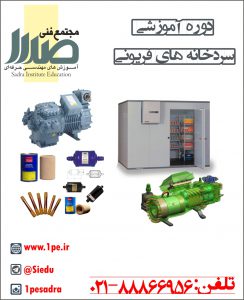
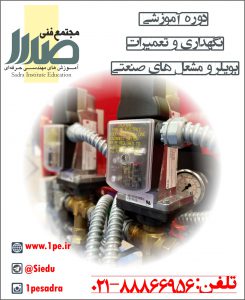
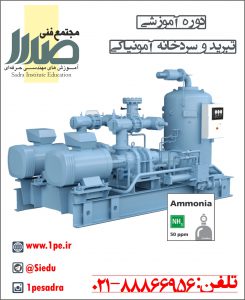
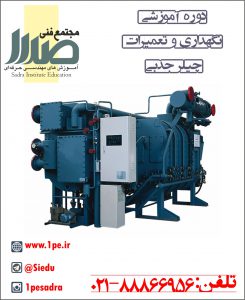

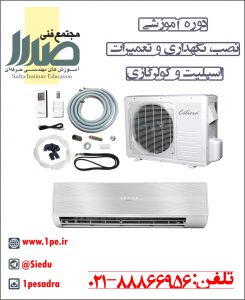




 پاسخ با نقل قول
پاسخ با نقل قول
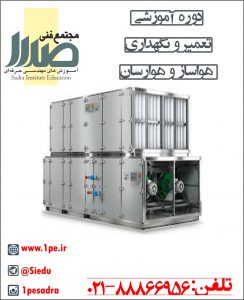
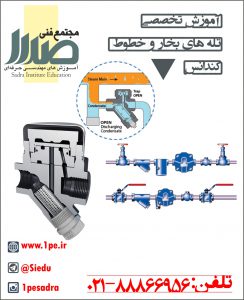

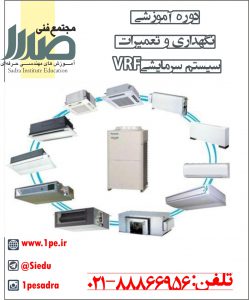

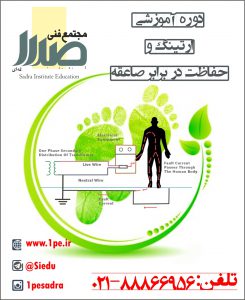
علاقه مندي ها (Bookmarks)